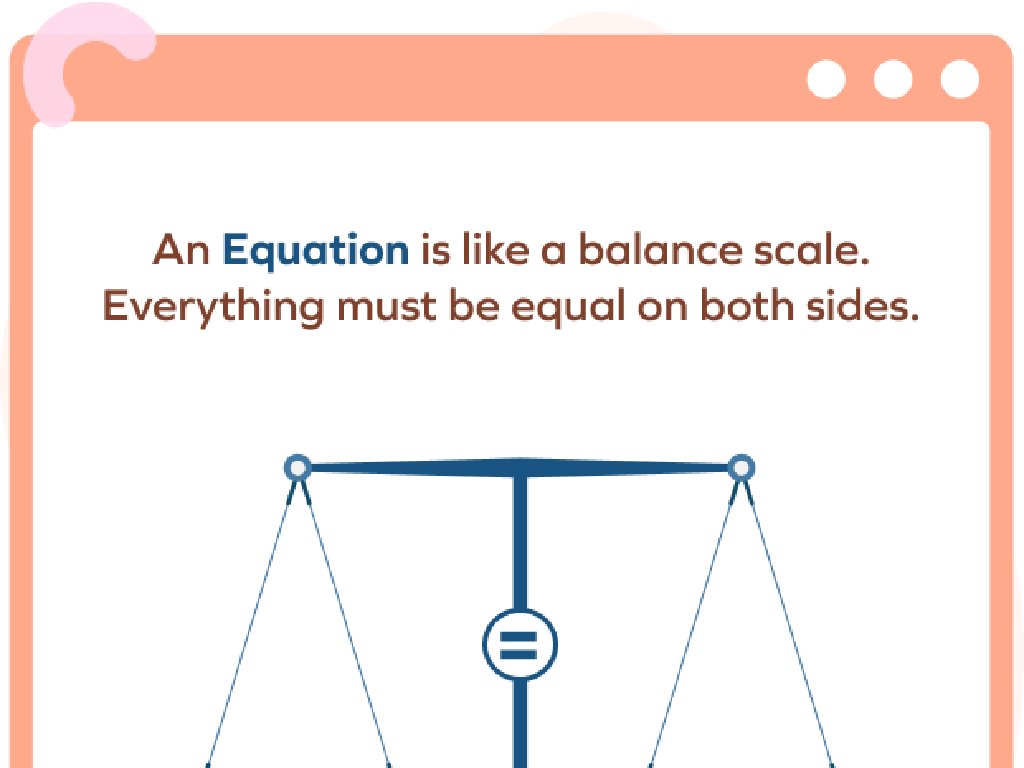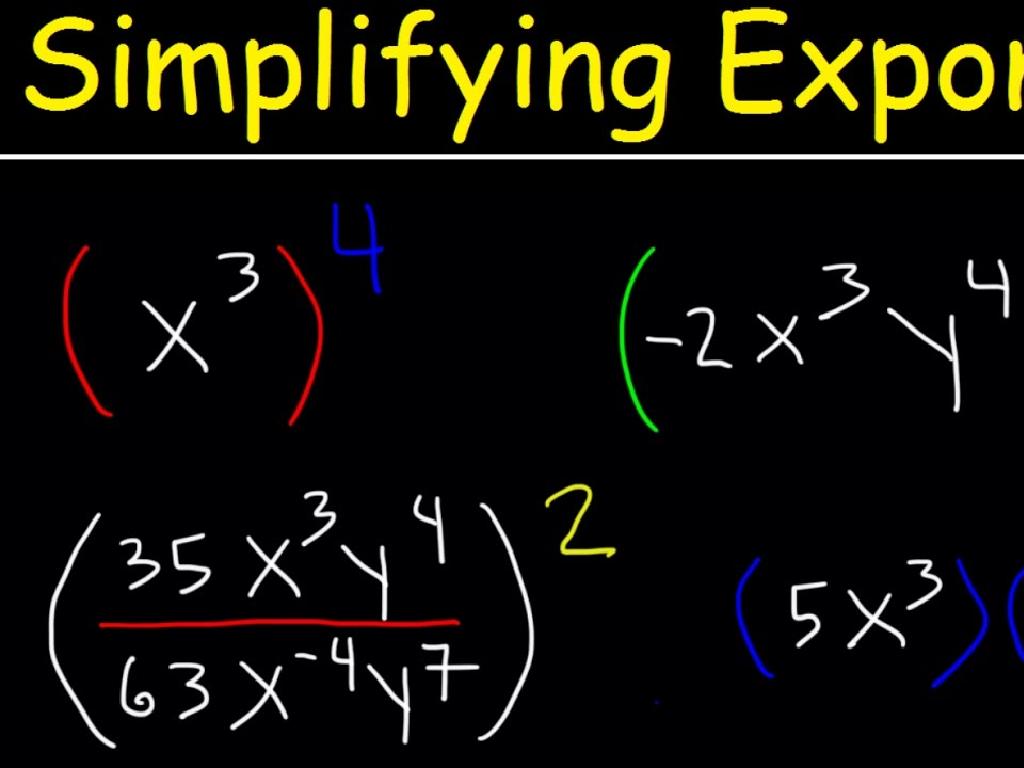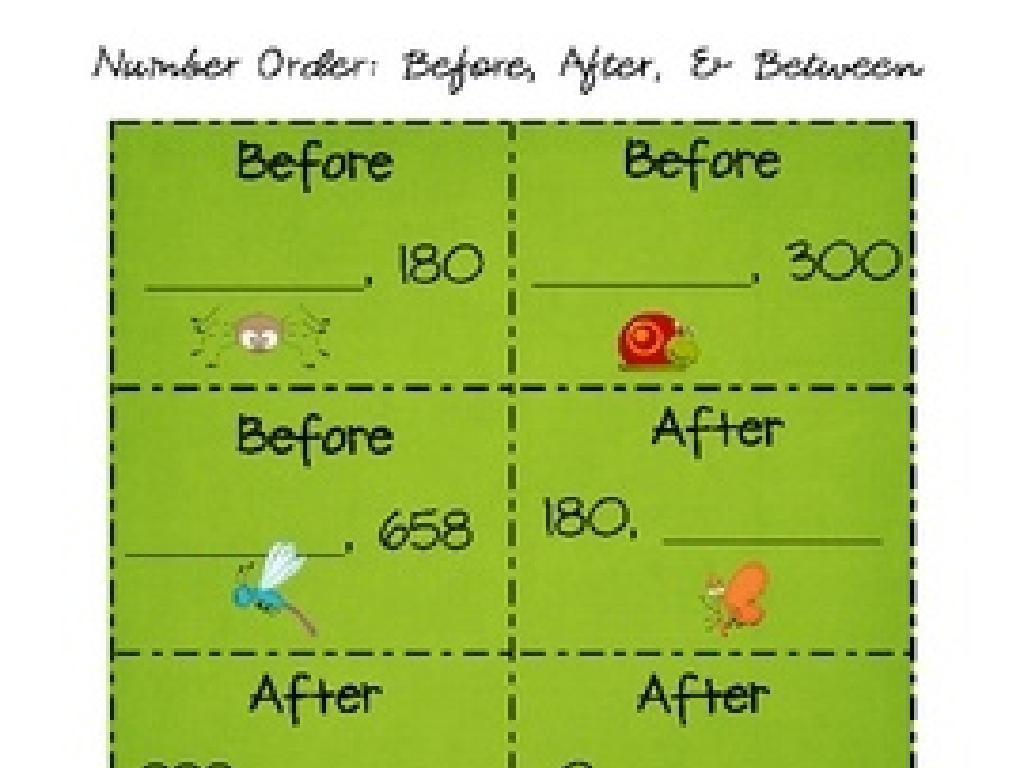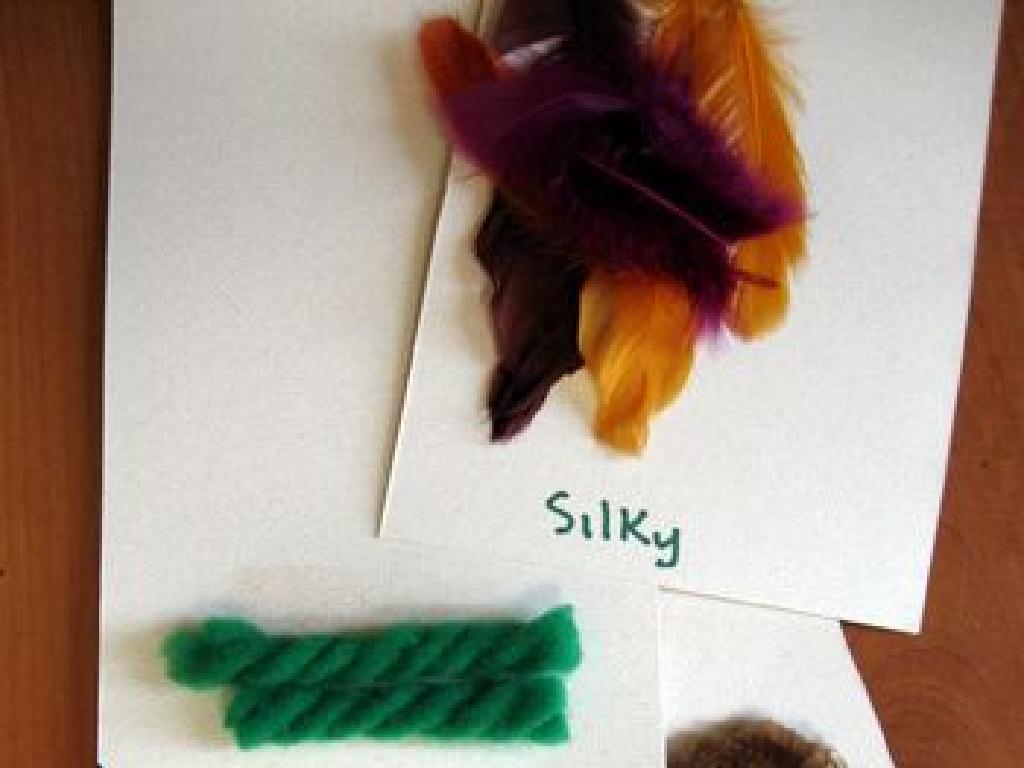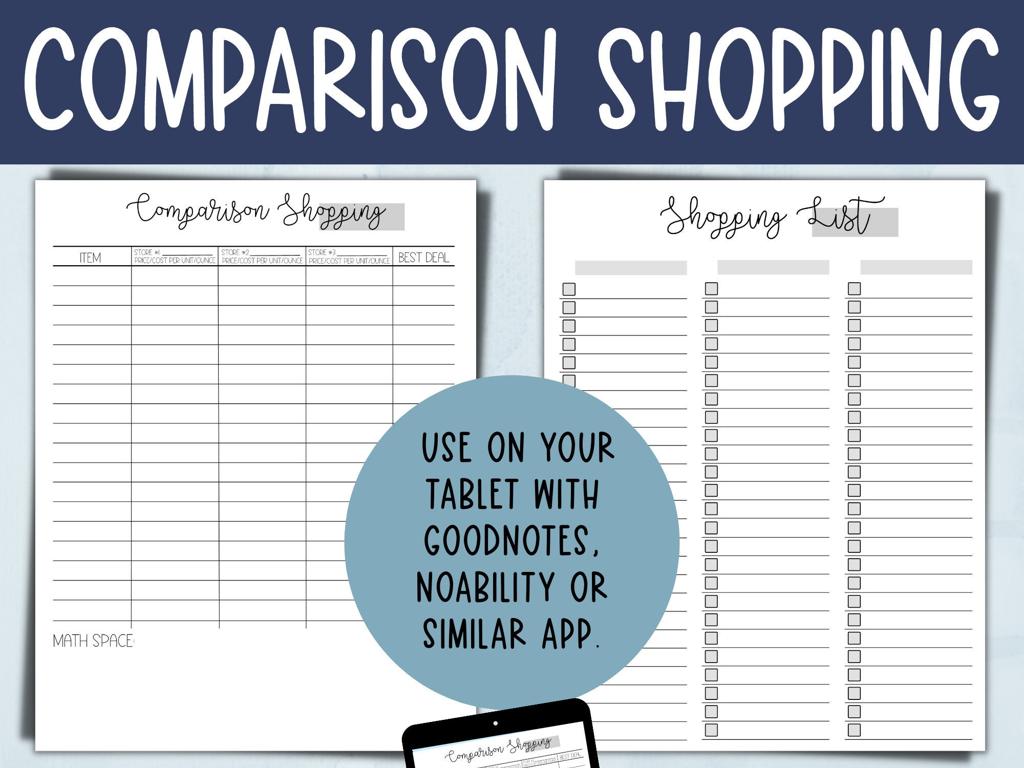Above, Below, Next To, And Between
Subject: Social studies
Grade: First grade
Topic: Location Words
Please LOG IN to download the presentation. Access is available to registered users only.
View More Content
Welcome to Location Words!
– Learning about location words
– Words that show where things are
– Words like ‘above’ and ‘below’ tell us location
– Describing places and things
– Examples: Above, below, next to, between
– ‘The bird is above the tree’ or ‘The shoes are below the chair’
|
This slide introduces first graders to the concept of location words, which are essential in describing the position of objects and places relative to others. Emphasize the importance of these words in giving and understanding directions. Use tangible examples and classroom objects to demonstrate each word. For instance, place a book above a desk, or a toy below a chair, and use these scenarios to illustrate the meaning of ‘above’ and ‘below’. Encourage the children to use their hands and body movements to represent each word, making the learning experience interactive and memorable. Prepare to have the students give examples of their own using their surroundings, which will help solidify their understanding of these concepts.
Exploring Location Words
– What are location words?
– Words that describe where things are
– ‘Above’ and ‘below’ explained
– ‘Above’ means over, ‘below’ means under
– Understanding ‘next to’
– ‘Next to’ means beside or at the side of
– Grasping the concept of ‘between’
– ‘Between’ means in the middle of two things
|
This slide introduces first graders to the concept of location words, which are essential for describing the position of objects relative to one another. Start by explaining that location words help us communicate where things are placed in the world around us. Use classroom objects to demonstrate each word: for ‘above’, place a book over another object; for ‘below’, place it under the table; for ‘next to’, put a pencil beside a box; and for ‘between’, place an eraser in the middle of two toys. Encourage the children to use their hands and body to mimic the positions as you explain them. This kinesthetic approach will help them remember the meanings of these words.
Understanding ‘Above’
– ‘Above’ means up higher
– When one thing is not touching and is over another thing
– Example: Bird above a tree
|
The word ‘above’ is a location word that indicates that something is at a higher level or position compared to something else, without touching it. For example, when we say ‘The bird is flying above the tree,’ we mean that the bird is in the air over the tree, but not on the tree. To help students understand, you can ask them to hold an object like a pencil above a desk without touching it. This visual and physical activity reinforces the concept of ‘above’ and helps them relate the word to real-world situations.
Understanding ‘Below’
– ‘Below’ means lower than
– Example: Fish in water
– The fish is swimming below the water’s surface
– Use ‘below’ to describe position
– Like the shoes below the shelf in your room
– ‘Below’ in everyday life
– Find things that are below other things at home
|
This slide introduces the concept of ‘below’ as a location word to first-grade students. Start by explaining that ‘below’ is used to describe something that is at a lower level than something else. Use the example of a fish swimming below the surface of the water to illustrate this concept visually. Encourage students to think of and discuss items in their classroom or home that are positioned below other items, such as a rug below a table or socks below clothes in a drawer. This will help them relate the word to their everyday experiences and understand its practical application.
Understanding ‘Next to’
– ‘Next to’ means beside something
– When one thing is right by the side of another
– Example: Cat next to the dog
– Imagine your friend sitting right beside you on a bench
|
The phrase ‘next to’ is a location word that helps us describe where something or someone is in relation to another object. It’s important for first graders to understand this concept as it helps with their spatial awareness and descriptive abilities. Use everyday examples such as a book next to a backpack, or a pencil next to a paper, to illustrate this point. Encourage the students to think of their own examples and share them with the class. This will help solidify their understanding of the term ‘next to’ and how it’s used in daily conversation.
Understanding ‘Between’
– ‘Between’ means in the middle
– It’s like being in the middle of a sandwich!
– Example with cheese and bread
– Imagine your favorite sandwich: cheese is between the bread.
– Use ‘between’ in sentences
– Find things ‘between’ other things
– Look around the room for examples.
|
This slide introduces the concept of ‘between’ to first graders, helping them understand it as being in the middle of two things. Use everyday examples, like a sandwich, to make the idea relatable. Encourage the students to use ‘between’ in sentences and to find objects in the classroom that are ‘between’ other objects. This will help solidify their understanding of the word through practical application. For an activity, you could have students draw pictures of objects ‘between’ two things or even create a physical representation using classroom materials.
Let’s Practice Location Words!
– Use words: above, below, next to, between
– Play a game with object placement
– We’ll use toys to learn how to describe where they are.
– Place objects in specific locations
– For example, put the teddy bear above the box, or the ball below the chair.
– Have fun learning location words!
|
This slide introduces a hands-on activity to help first graders understand and use location words. The game involves placing objects in relation to others, using the terms ‘above’, ‘below’, ‘next to’, and ‘between’. Teachers should prepare a variety of objects and clear spaces where students can easily move and place items. Possible activities include: 1) Placing a toy above a table and then below it. 2) Putting a block next to a plant and then between two books. 3) Asking students to place their pencils above their notebooks, then below their chairs. 4) Creating a small obstacle course where students must place items in locations described by location words. This interactive approach reinforces the meaning of the words through physical activity and visual demonstration.
Class Activity: Location Hunt
– Let’s explore with a Location Hunt
– Find and draw items on your map
– Look for items above, like a clock on the wall, or below, like a rug on the floor
– Work with a buddy
– Share your discoveries
– Tell the class about the items and where you found them
|
This interactive activity is designed to help first graders understand and use location words in a practical setting. By searching for items in the classroom that are above, below, next to, and between other objects, students will learn to associate these words with their spatial meanings. Encourage them to draw these items on a simple map of the classroom to visualize their relative positions. Working in pairs fosters teamwork and communication skills. After the hunt, facilitate a discussion where each pair shares their findings, reinforcing their understanding of the location words. Possible variations of the activity could include using stickers to mark locations on the map, or having students describe the location of their favorite classroom item.
Review and Goodbye!
– Recap of location words
– Identify classroom objects’ locations
– Look around! What’s above your head? Below your chair?
– Engage with location examples
– Can you find a book next to a bag? A pencil between two cups?
– Celebrate our learning today
|
This slide is meant to consolidate the learning of location words by engaging students in a fun and interactive review. Start by recapping the location words ‘above’, ‘below’, ‘next to’, and ‘between’. Then, encourage the students to look around the classroom and identify objects that are located in relation to other objects using the location words they’ve learned. This will help them apply their knowledge in a familiar setting. Praise their efforts and participation to boost their confidence. End the lesson on a positive note, letting them know they did a great job and that you’re looking forward to seeing them in the next class.

